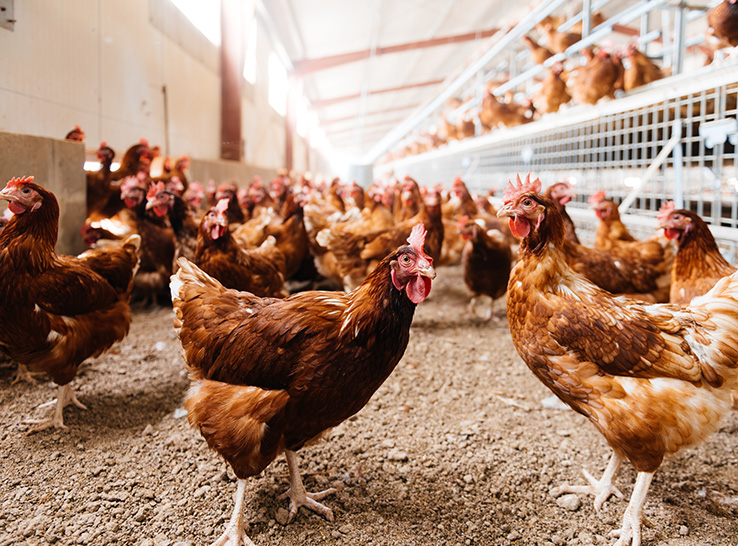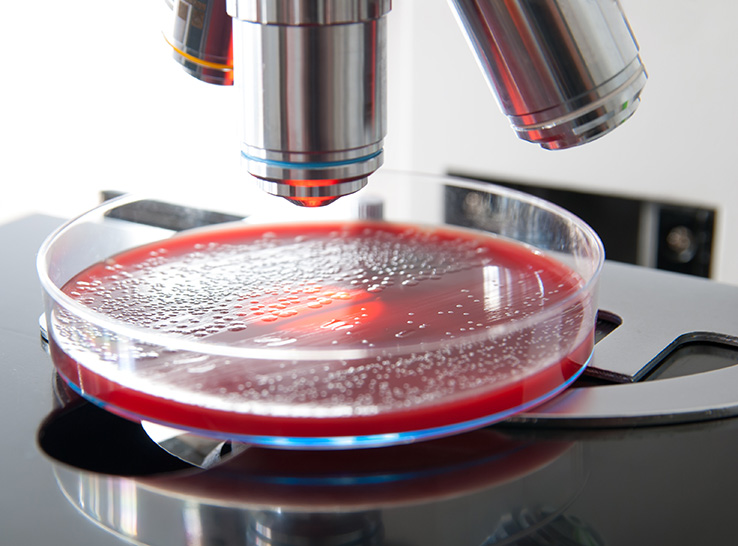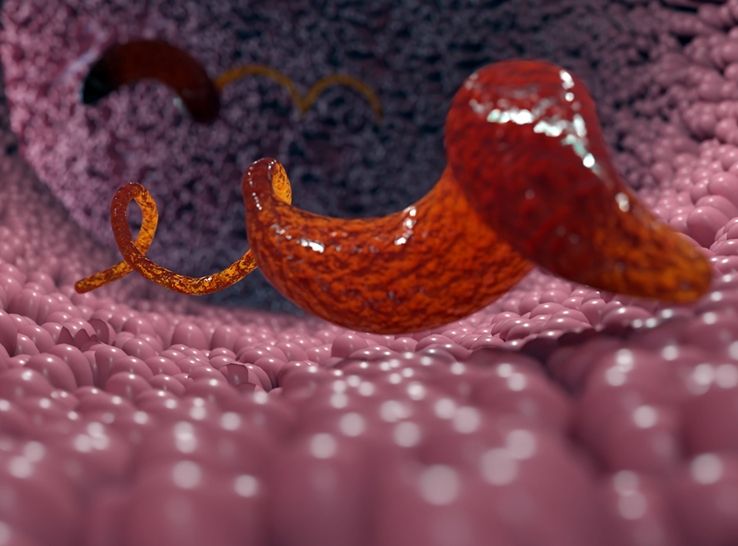A risk-assessment model for Salmonella demonstrates the potential public health benefit of focusing on chicken parts that are heavily contaminated with highly virulent serotypes of this bacteria instead of focusing on low-virulent serotypes, according to researchers at the University of Illinois at Urbana-Champaign.
“This study supports a growing consensus that implementing targeted Salmonella risk-management strategies to reduce high levels of high-virulent serotypes could improve public health. Thus, the poultry industry has an appropriate incentive to manage the Salmonella risk in finished products by reducing the highest-risk outcomes,” said Matthew J. Stasiewicz, PhD, associate professor of applied food safety, University of Illinois Urbana-Champaign.
The US poultry industry has reduced Salmonella prevalence in raw poultry products since adopting prevalence-based Salmonella performance standards, but human salmonellosis cases have not reduced proportionally.
This persistence of human salmonellosis has prompted calls for USDA-FSIS to identify alternative approaches to prevalence-based performance standards. “There is a push to change the approaches used to minimize Salmonella transmission to humans from raw poultry, including introducing new regulatory policies and pushing for enhanced interventions, including on the live-bird level,” said Stasiewicz.
Rational changes to Salmonella controls require appropriate risk assessments using current, representative industry data and input, he added.
Risk-model development
To help address this issue, Stasiewicz and his team developed a model for quantitatively assessing risk from finished poultry products with certain levels and serotypes of Salmonella. Their study incorporated strong involvement from the US poultry industry through an industry advisory council.
The specific study objectives were to:
- Build a quantitative microbial risk assessment of Salmonella in poultry products.
- Assess the likely public health impact of interventions, performance standards and regulations targeting Salmonella levels, specific serotypes or both on foodborne disease.
The researchers used chicken parts as a representative product to assess the risk and impact of different level and serotype-based standards.
Concentrated Salmonella risk
An analysis of public data showed that contamination with high levels of highly virulent serotypes is rare in finished chicken parts. Interestingly, the study’s risk-assessment suggested that most of the public health risk from chicken parts is found in those rare products with high levels of highly virulent serotypes.
Stasiewicz noted that this finding is consistent with previous risk assessments that examined potentially confounding factors, such as lot-to-lot variation and imperfect testing in individual finished poultry products.
The current work advances these previous efforts by incorporating a serotype-specific dose-response approach based on epidemiological data and 2023 Hazard Analysis and Critical Control Point (HACCP) verification data. HACCP is a system that improves food safety by identifying points of potential contamination in food production.
New approach to Salmonella control
Study results suggest a limited public health benefit from controlling low-virulent serotypes, such as the virulence-attenuated Salmonella Kentucky clade circulating in the US. Rather, according to the risk assessment model, focusing on high-virulent serotypes could have the most positive impact on public health.
Current prevalence-based regulatory policies for Salmonella control may implicitly or explicitly encourage reductions of virulence-attenuated Salmonella, such as serotype Kentucky, he cautioned.
Consequently, these policies may not show measurable public health outcomes and may even have negative consequences, such as facilitating increased prevalence and emergence of other, possibly high-virulent Salmonella serotypes.
Click here to view the industry summary.
The research was funded by USPOULTRY and the USPOULTRY Foundation, thanks in part to Cooper Farms and proceeds from the International Poultry Expo, part of the International Production and Processing Expo.
Editor’s note: Content on Modern Poultry’s Industry Insights pages is provided and/or commissioned by our sponsors, who assume full responsibility for its accuracy and compliance.









